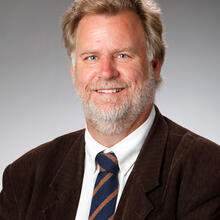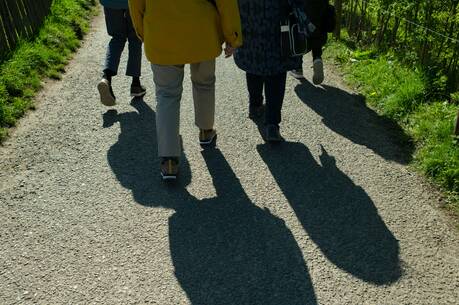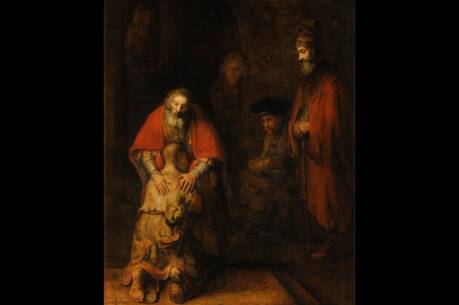Away With Darkness
“For once you were darkness, but now in the Lord you are light” (Eph 5:8)
In the Gospel of John, Jesus encounters a blind man, but physical blindness represents only one element of darkness, and not the most significant darkness. The blindness of his eyes was real and limiting, especially in that ancient context, when illness was often attributed to the sinfulness of the victim. Jesus rejects the explanation that this blindness was due to someone’s personal sin, but the blind man had to answer also for the source of his healing. Some of the Pharisees took umbrage with Jesus, since “Jesus had made clay and opened his eyes on a Sabbath.”
The Gospel tells us that Jesus’ actions divided the Pharisees, causing some to challenge Jesus’ healing on the ground that he transgressed the Law of Moses: “This man is not from God, because he does not keep the Sabbath.” But other Pharisees wondered, “How can a sinful man do such signs?” This dialogue seems reasonable, an attempt to gather the facts behind Jesus’ act in a process of discernment. Was the healed man really blind before? Was it Jesus who healed him? Does healing constitute work on the Sabbath? How does healing the blind man square with God’s will and law?
The larger issue being broached here, ultimately, is the distinction between literal and figurative blindness. At the spiritual level, who can truly see, and who is truly blind? Is Jesus’ work from God or opposed to the ways of God? What the Pharisees are doing is an essential component of spiritual discernment, the effort to distinguish between what is true light and what is darkness. We all know that religious people can present themselves as holy people, walking in the light, while living double lives and sowing darkness and discord. There are fraudulent peddlers of God.
When someone new comes proclaiming the light, it is right to ask how this aligns with our previous knowledge of how God operates, with Scripture and tradition. It is fair to wonder, is this person motivated by something other than God? The Pharisees make no mistake in questioning Jesus, except in their unwillingness to see the light and embrace it in the experience of the blind man made physically whole. In the end, actions that make manifest the true light of God cannot be faked, and darkness cannot be hidden.
This is why the author of the Letter to the Ephesians, traditionally attributed to Paul, writes that “once you were darkness, but now in the Lord you are light.” Note that Paul does not say Christians are “in light” or “immersed in darkness,” but that Christians “were darkness” and “are light.” It is not rhetorical smoothness or sleight of hand that wins people to light or draws them away from darkness, but how Christians live their lives. No philosophical arguments, no public relations campaigns can hide darkness. In the same way, the true light can only shine, dissipating the darkness. If Christians are light they must “live as children of light.”
Darkness is exposed by deeds that bring light. The blind man cured by Jesus bore witness by the transformation of his blindness to sight. His healing was visible at a physical level. The only way for Christians to make their spiritual healing visible is to be light. Baptism is the beginning point of that transformation, of rising to new life, but it can only be seen through doing “all that is good and right and true.” As followers of Jesus, our daily discernment must always be to choose light over darkness, so that when those who question us ask, “Is this from God?” our answer can be that now in the Lord we are light.
This article also appeared in print, under the headline “Away With Darkness,” in the March 24, 2014, issue.








